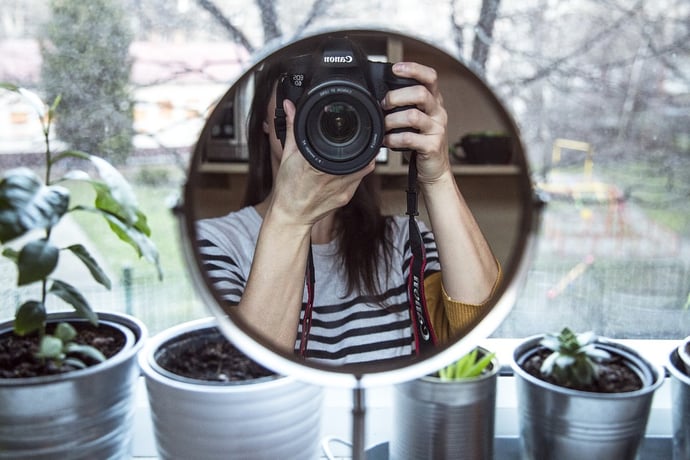


How to approach influencer marketing like a data scientist




Influencer marketing can seem very wishy washy at first, at least when you compare it to all those lovely statistics, graphs and percentages that come with other forms of inbound marketing. What, no one else gets excited about statistics? Well if you do, I’m happy to announce that the right influencer marketing strategy can be analysed just as closely.
Forbes recently conducted a study to see if influencer marketing campaigns really can achieve sales goals. They worked with brands, retailers and research partners to measure 12 influencer campaigns each spanning two to three months, analysing the impact on sales through various factors including foot traffic, basket size and coupon redemption.
An influencer marketing strategy could make all the difference to your brand's reach. Attract the right audience by working with influential individuals in your industry. To learn more, read our blog 'How can influencer marketing help to grow your business?'
The headline figures
As it turned out, a good influencer marketing strategy can make a significant difference to consumer interest in a brand, and by extension their spending on the brand’s products or services.
Firstly, Forbes found that exposure to influencer content increased the rate of consumers visiting a retailer from 29% to 48%. This significant boost to visits shows that influencer marketing is succeeding in attracting shoppers to the retailer, effectively generating leads. Interestingly, influencer marketing increases engagement when measured with foot traffic data, proving that online influencers can really impact real-world business.
Secondly, it was found that pairing a digital coupon with relevant influencer content can also increase the rate of coupon redemption from 15% to 45%. This is a big jump, and while some of those coupons may just be redeemed as part of a consumer’s normal weekly shop, it’s difficult to believe it’s entirely down to coincidence. And there’s your lead conversion!
Next up, it was found that influencer marketing not only drives sales, but can also increase the value of a lead. Forbes examined a campaign for a popular confection brand and its impact at multiple retailers. Using loyalty card data, they worked out that audiences exposed to influencer content spent $639,700 more than audiences not exposed to this content. Forbes also used point of sale data to identify other similar sales uplifts.

Humanise your influencer marketing strategy
Influencer marketing is evolving, and there’s much more to consider than simply securing the hottest blogger of the moment. Forbes argues that shopper behavioural analysis, shopping basket data and purchase cycles could all play a part in more intelligent influencer marketing in the future.
However, while influencer marketing automation could well save brands time and money, it also comes with sizeable risks. Precisely due to technology’s growing role in influencer marketing, managing an influencer campaign still very much needs a human touch.
There are now online platforms that brands can use to effortlessly filter through the huge numbers of influencers out there. However, sending out merchandise to the first person that comes up when you search “fashion photographer” or “health food enthusiast” won’t do you any favours.
There have never been more influencers available to brands who match very specific needs. As a result, micro-influencers are becoming a more important part of influencer marketing.
You know the old saying – quality over quantity. What micro-influencers may lack in ginormous reach, they make up for in relevance and impact. Meanwhile, big influencers can bring risks of overly-broad audiences and oversaturation of sponsored posts.
“We’re seeing these big social influencers are not having as great of an impact or have been utilized by too many brands and people start to tune it out,” Bridget Jewell, creative director at Periscope, told Martech Today.
“In our experience, we’ve found that a longer-term direct relationship with an influencer that is managed internally is the most credible and authentic way to work,” adds Jennifer Utz Ilecki, VP of buzz marketing and partnerships at Marriott International.
“It leads to a richer, more fulfilling relationship for both the influencer and audience.”
So there you have it. Our advice would be to set up your influencer marketing strategy by carefully building long term relationships which will naturally blossom and benefit you over the long term. Use a human touch to personalise your approach and nurture influencers.
Once your influencer campaigns are all set up and running however, you should absolutely analyse the crap out of them. Make sure you have reliable baseline figures, intelligently designed growth metrics and forecast figures to measure growth against. Get building those graphs, crunching those numbers and prove that your brand can benefit from the right influencer marketing.
An influencer marketing strategy could make all the difference to your brand's reach. Attract the right audience by working with influential individuals in your industry. To learn more, read our blog 'How can influencer marketing help to grow your business?'








